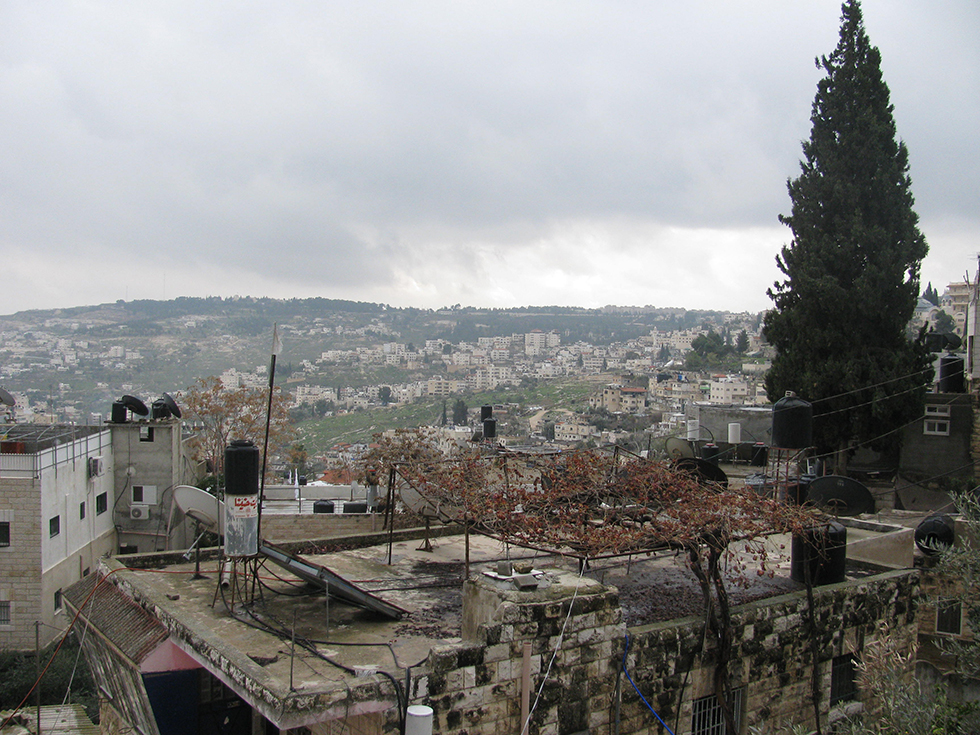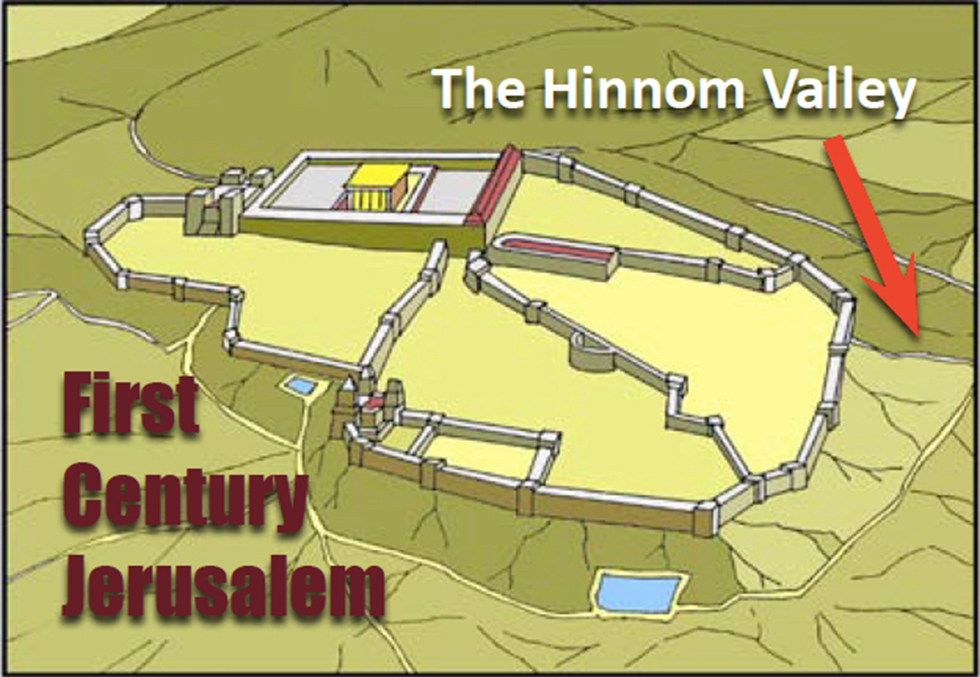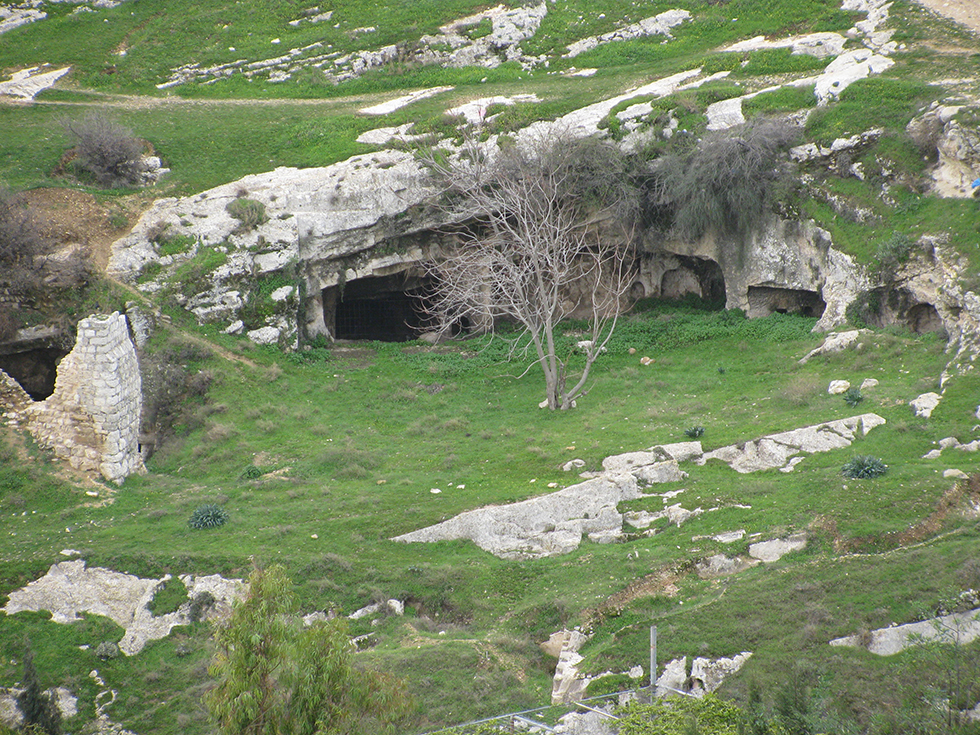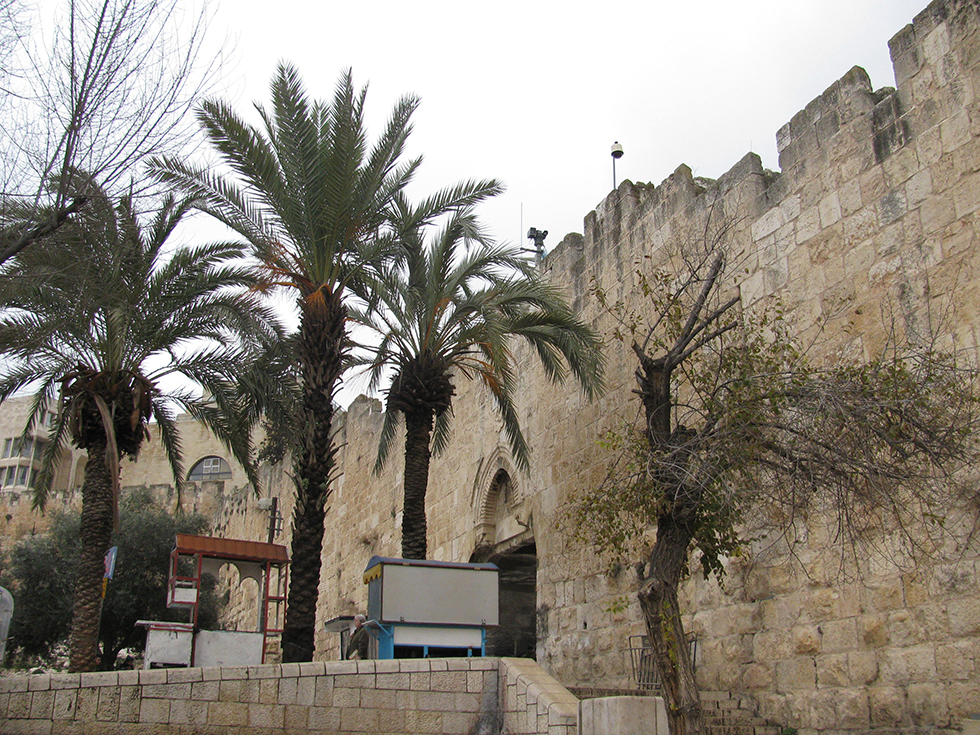
Volume 22, Issue 31 (August 2, 2020)
The Hinnom Valley and Jesus’s Teaching on Final Punishment
By Kyle Pope
To the south of the ancient city of Jerusalem a valley curved to the west that was first identified in Scripture as “the valley of the Son of Hinnom” (Josh. 15:8; 18:16). It is first mentioned as a landmark setting the boundaries of the territories of Judah and Benjamin. As time went on this valley would be associated with some of the most horrible acts of wickedness and serve as a figure and a name for eternal punishment itself.

Old Homes in the Valley of Hinnom
Child Sacrifice in Topheth
In the days of kings of Judah, the Hinnom Valley was the site of pagan idolatry where children were burned in sacrifice to idols (2 Chron. 28:3; 33:6; Jer. 32:35). During the reign of Josiah, he put this practice to an end when “he defiled Topheth, which is in the Valley of the Son of Hinnom, that no man might make his son or his daughter pass through the fire to Molech” (2 Kings 23:10, NKJV). Part of this defilement probably involved spreading the burned bones of pagan priests there (2 Chron. 34:1-7). From this point on the Hinnom Valley became an unclean place which Jeremiah 31:40 calls “the valley of the dead bodies and of the ashes.” The name Topheth (or Tophet) was frequently associated with the valley (Jer. 7:31-32; 19:6, 11-14). This name signified either a place of pagan worship that was in the valley (Jer. 7:31), or an alternative name for the valley itself (Jer. 19:6). The Hebrew word Topheth means “place of burning” (Brown, Drivers, and Briggs’ Lexicon of the Hebrew Old Testament). This association with uncleanness and burning eventually led to a connection between this place of sin and God’s final punishment. Isaiah declared, “For Tophet was established of old, yes, for the king it is prepared. He has made it deep and large; its pyre is fire with much wood; the breath of the Lord, like a stream of brimstone, kindles it” (Isa. 30:33). Jeremiah uses a similar sense in prophesying the time when God’s punishment would lead it to be called the “Valley of Slaughter” (Jer. 7:32; 19:6).

“The Gehenna of Fire”
From the Old to the New Testament the Hinnom Valley came to stand even more for a figure of final punishment in unquenchable fire. When Jesus spoke of eternal punishment, He used the term gehenna as the name of this place (Matt. 5:22, 29-30; 10:28; 18:9; 23:15, 33; Mark 9:43, 45, 47; Luke 12:5). Gehenna is the Greek transliteration of the name for the Hinnom Valley. The prefix ge- means “valley” and henna means “of Hinnom.” The New Testament teaches this as a place that one will be “cast into” (Matt. 5:29-30; 18:9; Mark 9:43, 45, 47; Luke 12:5). There both body and soul will be destroyed (Matt. 10:28) not in the sense of annihilation but destruction of any desirable state (cf. Matt. 9:17; Mark 2:22). It is literally “the gehenna of fire” (Matt. 5:22; 18:9; Mark 9:47), a place of “unquenchable fire” (Mark 9:43, 45). The wicked are “sons of gehenna (Matt. 23:15) who will receive the “condemnation of gehenna” (Matt. 23:33). James, in speaking of the danger of the tongue described it as “set on fire by hell (gehenna)” (Jas. 3:6).

Ancient Tomb Caves in the Valley of Hinnom
The Name and the Valley
The name gehenna is not only a reference to the place of final punishment but a figure drawn from the valley outside the gates of Jerusalem. In modern times, the Hinnom Valley holds the ruins of ancient tombs and some of it is filled with run-down older homes. It is clear that in New Testament times this was a place of fire, ashes, uncleanness, and (at times) dead bodies. It sat outside the gate known as “the dung gate” (Neh. 3:13-14; 12:31). The Old City gate fortified by Suleiman in 1538 that stands near the same location still bears this name. Commentators have probably gone too far in painting a picture of the valley as a virtual burning “landfill.” While that picture cannot be documented, it is clear that is was a place of fire and refuse.

The “Dung Gate” of the Old City of Jerusalem
The Jewish teachers that wrote after the New Testament spoke of gehenna in much the same way that is seen in the New Testament. They used it for the name of the place of final punishment, but also for the valley outside of Jerusalem itself. While rabbinical writers held some fanciful beliefs about gehenna, they claimed that (even in their time) there were two palm trees in the Hinnom Valley and that smoke continually rose up from between them (Erubim 19a). Archaeologists Ronny Reich and Eli Shukron have discovered (and documented from other excavations) in the area outside of the first century walls a layer of debris from 6-10 meters thick in the area where the Kidron and the Hinnom come together (“The Jerusalem City-Dump in the Late Second Temple Period” ZDPV 119 [2003]: 12-18). The association between an actual place and the state of eternal punishment in fire only makes sense if the two bore some similarities. In our time, if we compared something to Death Valley (located in eastern California) we would hardly understand this as a figure of paradise. Jesus’s use of this valley as a reference to final punishment offers a clear inference confirming that in His own day the Hinnom Valley was a place of filth and fire. This is what allowed it in the first century and beyond to serve as a suitable figure of eternal punishment in fire.

